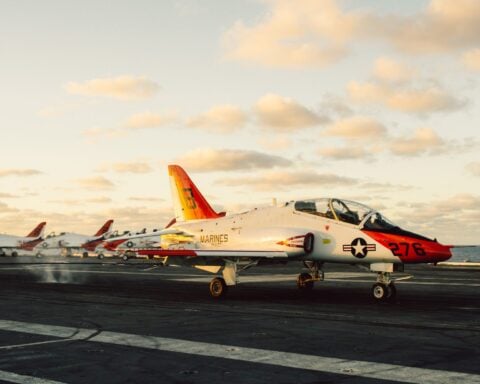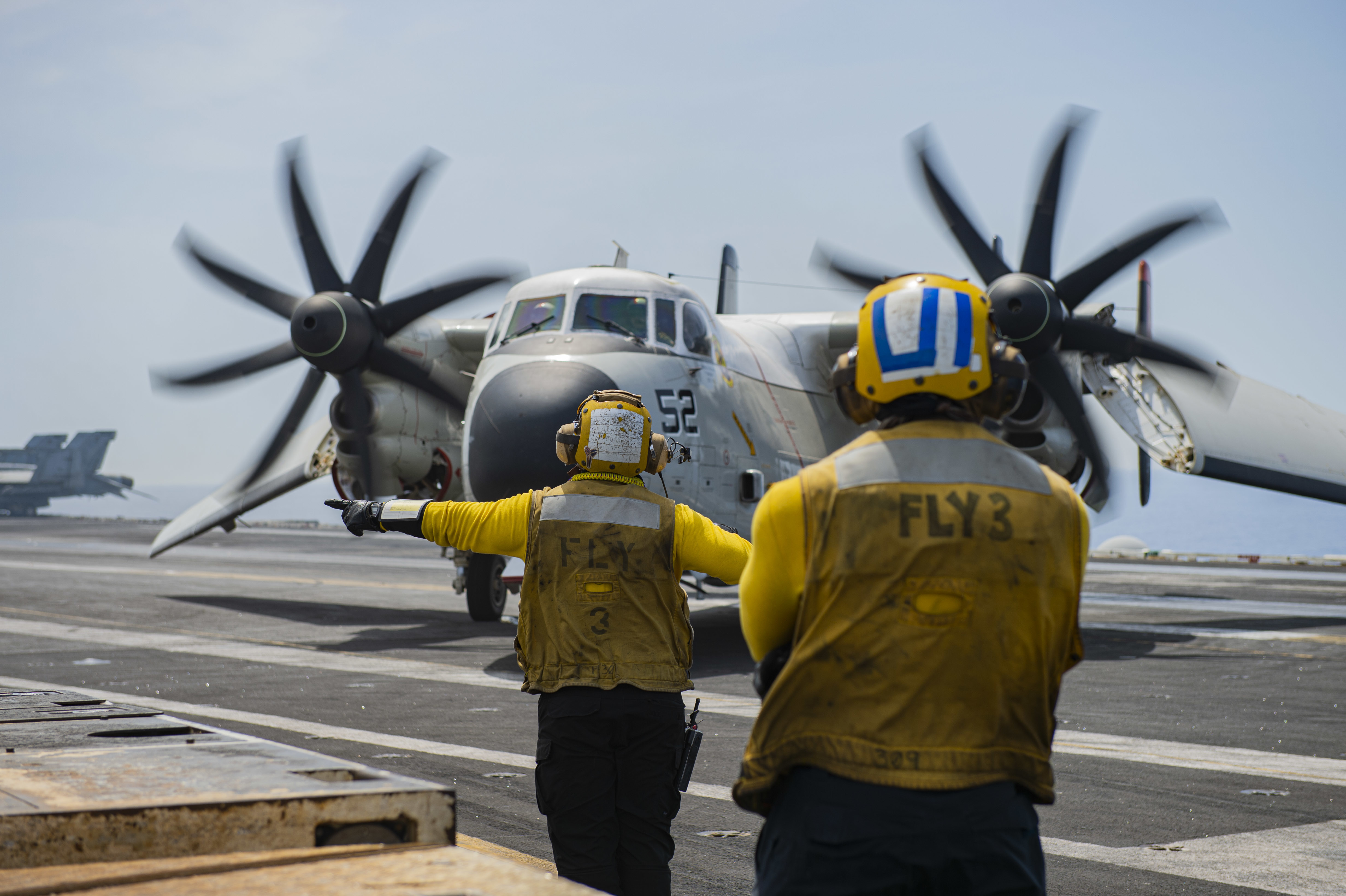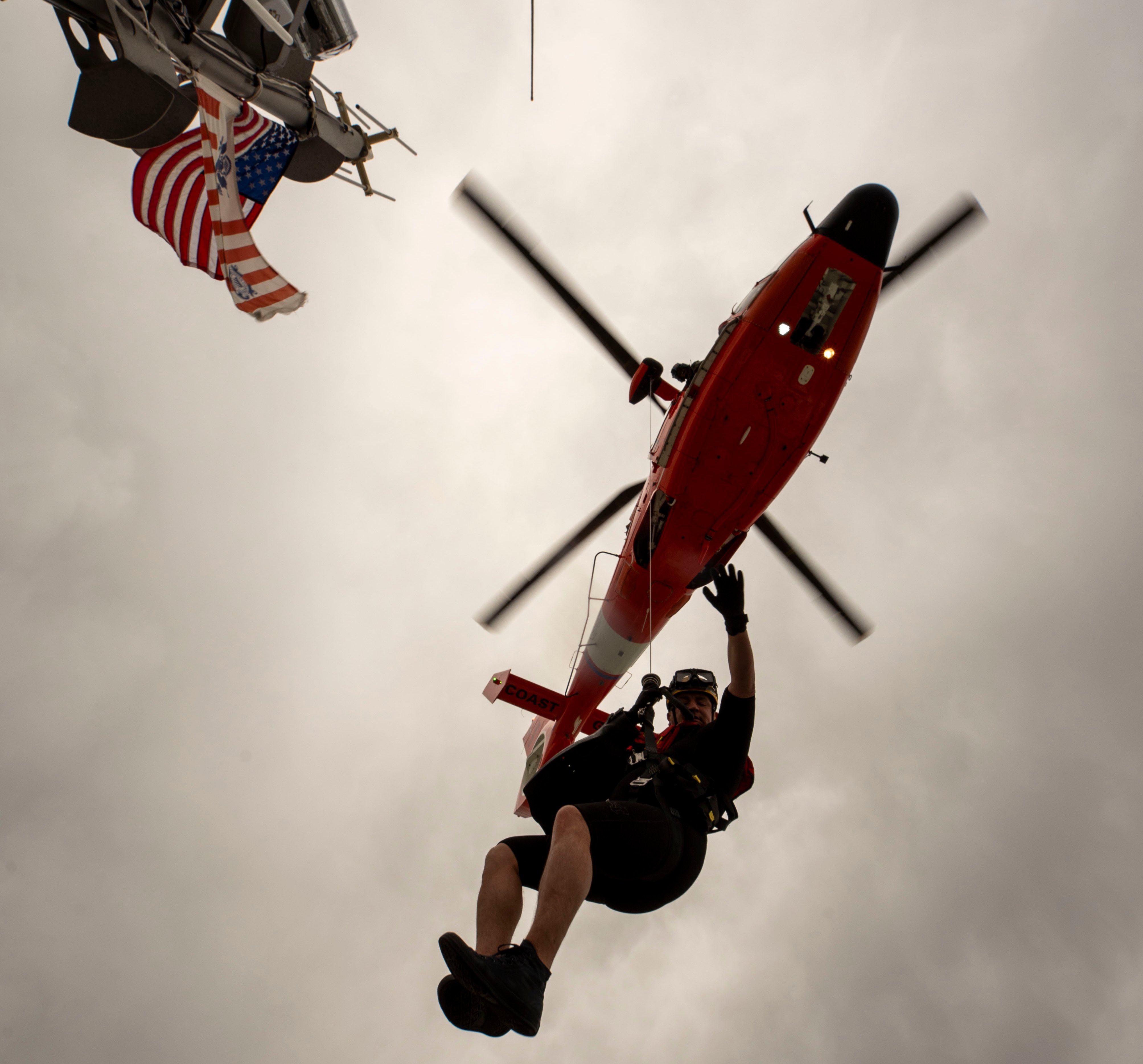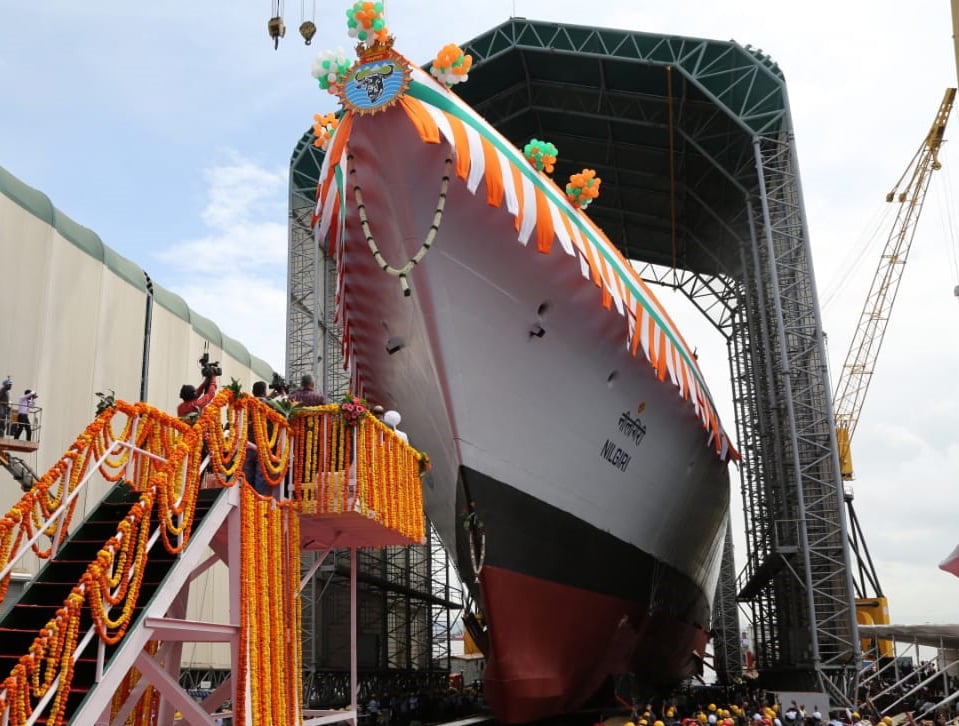
For most of its existence, the Indian Navy has been in a state of perpetual modernization. Due to its major shipbuilding programs’ long schedules and the continual need to replace older platforms with new ones – especially submarines – Delhi has been unable to meet its shipbuilding goals.
Since 1948 the Indians have wanted a two-carrier navy with a fleet of 142 ships. While the IN remains far off from achieving that goal, it is growing and adding capability to the fleet.
The bet from the Indian Navy is if it can speed up its submarine programs, improve mine-counter measures capability and shape up its carrier force and air wing – the service can stay competitive with China and operate better with the Japan Maritime Self-Defense Force, Republic of Korea Navy and the Royal Australian Navy.
India sustains a mix of state-owned and private shipbuilders. Despite problems in keeping to schedule and budget, it’s a mark of India’s status as a major power that most of its ships and submarines – 37 out of 39 – are built in-country instead of procured from overseas. Some of its ships are built with considerable overseas technical assistance and content.
Capt. Sarabjeet Singh Parmar, until recently the executive director of India’s National Maritime Foundation (NMF), told USNI News construction capability is “the most important point to be recognized.” By supplying its navy with ships India can expand at will and with a larger force the IN can enable a “longer presence” in areas of interest and enhance the stature of India as a preferred security partner and first responder in the maritime domain, Parmar said.
Meanwhile, retired Commodore Sujeet Samaddar, the Founder and Secretary of the Society for Aerospace Maritime and Defence Studies (SAMDeS), told USNI News that the “biggest transition” for the Indian Navy took place around the 2004 to 2005 timeframe, when there was a shift in force level requirements planning from a threat-based evaluation to a capability-based perspective. This means that instead of looking at potential rivals and trying to outbuild them or replicate their numbers of platforms, the Indian Navy focused on providing specific capability improvements.
“For example, the force structure is designed to provide security from the shore out to a number of nautical miles by adding more capable ships and aircraft to the inventory with longer ranges and more sensors,” Samaddar said.
This is on display with India’s development of its surface warship fleet, which has improved with the introduction of successive classes of destroyers, frigates and corvettes. It’s also the domain in which Indian shipyards are most proficient, as they are able to build and launch multiple vessels simultaneously and at regular intervals.
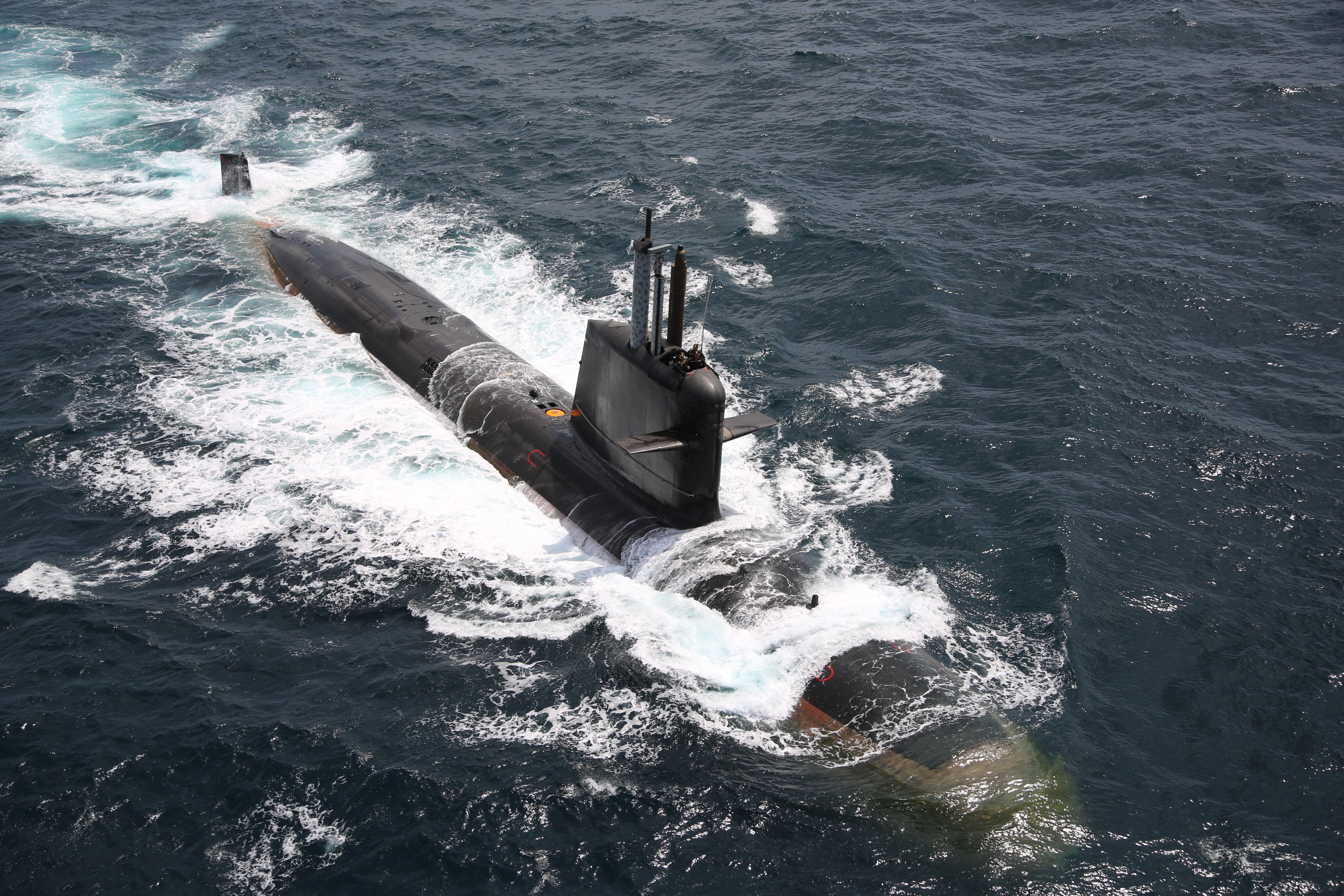
For example, the keel was laid for the IN’s seventh Project 17A Nilgiri-class frigates on June 28 at Mazagon Docks Limited (MDL). Meanwhile, the third P-17A frigate, Udaygiri, was launched alongside the fourth Project 15B Visakhapatnam-class destroyer, Surat, on May 17.
In November, MDL delivered the first of four new Project 15B Visakhapatnam-class destroyers with the next three due to follow through 2025. At 7,400 tons and 163 meters long, the Visakhapatanam-class are based on the three Project 15A Kolktata-class destroyers that were built and delivered from 2003 to 2016. The Kolkatas themselves followed the Project 15 Delhi-class destroyers and indicates the gradual development of destroyer design and capabilities, with additional stealth, helicopter capability, and modern propulsion, sensors and armaments through the successive classes.
The improvements in capability can be seen from outfitting the Delhi-class destroyers with 16 Kh-35 surface-to-surface missiles and 48 Shtil surface-to-air missiles, whereas the Kolkata-class have long-range 16 Brahmos supersonic cruise missiles and 32 Barak-8 SAM missiles. Meanwhile, the Visakhapatnam-class ships have the same armament as the Kolkatas but have additional stealth features and networking capabilities.
“The improvements now are more in electronics,” Samaddar said.
“The packages include power management systems, integrated hull management systems, bridge management systems, fire control and combat management system,” he said, adding that there have been corresponding improvements in electronic warfare capabilities and sonar systems.
A new next-generation destroyer, sometimes dubbed Project 18, is expected to be much larger and provide a further jump in technology by employing directed energy weapons, high-power sensors, longer-range cruise missiles and hypersonic missiles. Conceptual studies are still underway, but there will be more Indian-built content in the newer classes than in prior ones.
“The Indian content has increased with each iteration as foreign systems are substituted with Indian ones,” Samaddar said. “In the Delhis it was 30 percent then Kolkatas 60 percent, the 15B is 90 percent Indian stuff and by P18 it will be 100 percent Indian.”
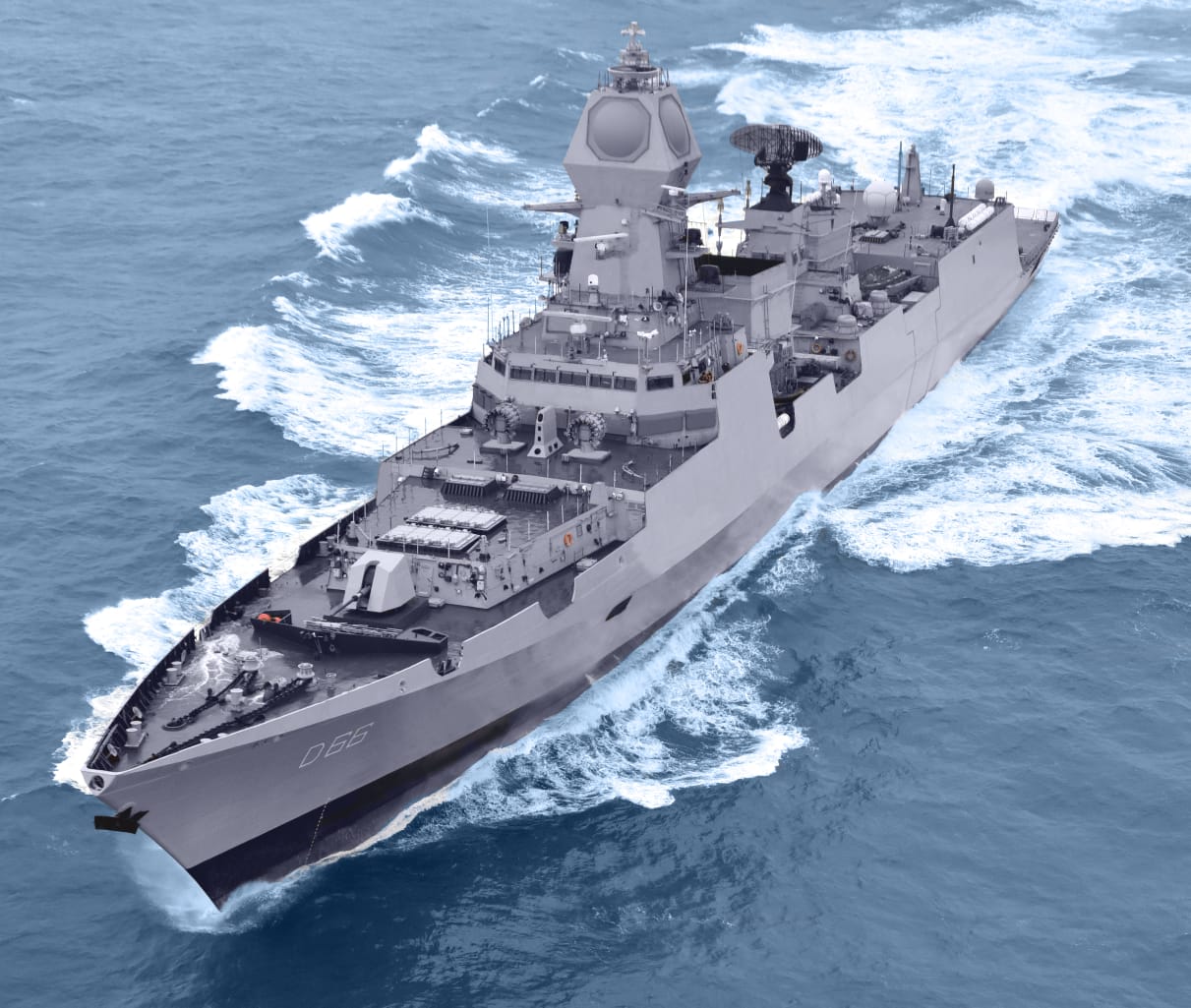
For frigates, both GRSE and MDL are sharing the construction of the new Nilgiri class. GRSE is building three ships and MDL four. Production started on the 6,670-ton 149-meter-long ships in December 2017 and MDL is due to deliver the first frigate later this year. All the other ships are in different stages of construction and will be delivered by 2025. These seven frigates follow the earlier three Shivalik-class (Project 17) frigates that were built to a domestic design.
“The 17As are a follow-on of the 17s. The 17A’s are equipped with better technology and the nomenclature of 17 or 17A or for that matter any number is just to ease identification and relate to the sensors and weapon and other equipment fit onboard,” Parmar said.
Meanwhile, in December 2021 Garden Reach Shipbuilders and Engineering (GRSE) in Kolkata laid the keel for the fifth of eight new coastal Anti-Submarine Warfare Shallow Water Craft (ASWSC) for the service. The ASWSC are corvettes and they represent the first of the ships built at GRSE. The first four were built at privately-owned Larsen & Toubro Shipbuilding (L&T) under a subcontract with GRSE, which will build another three ships.
Cochin Shipyard Limited (CSL) is building another eight ASWSC corvettes under a similar IN contract awarded to GRSE. It started production in 2020 and in December 2021 cut steel for the fourth and fifth ships. At 77 meters long (GSRE) and 74 meters long (CSL), and displacing just 750 tons, the ASWSC are coastal warships equipped with toward array sonar, hull-mounted sonar, torpedoes, ASW rockets, mine-laying rails and a small main gun primarily designed for ASW, mine warfare and constabulary operations. These ships are slated to replace the 1980s vintage Abhay-class corvettes.
The only major IN warships under construction overseas are a pair of Project 11356M Talwar-class frigates by Russian shipbuilder Yantar Shipyard. Deliveries are expected in 2022 to 2023. The IN already has six Talwar-class frigates in service that were commissioned in the early 2010s and early 2000s. Now Delhi wants to bring production of these ships to India and Goa Shipyard Limited (GSL) was contracted in 2019 to deliver a second pair for the IN, with Russian technical assistance for delivery expected in 2025 to 2026.
However, outside the surface warship domain, India has suffered difficulties in introducing capabilities for submarines, mine countermeasures, aircraft carriers and aviation.
In November the IN saw some long-awaited progress in its P-75 Kalvari-class diesel-electric submarine (SSK) project with the commissioning of INS Vela, the fourth of six boats – based on the Scorpene design from French shipbuilder Naval Group – that were first ordered in 2005 for a combined $3.5 billion. The third, INS Karanj, was commissioned earlier in March 2021. Much of the delay getting the Kalvaris into service has been the effort to update India’s conventional submarine construction expertise, which is centered at MDL. The shipyard had not built an SSK since the Shishumar-class, based on the German Type 209, in the 1980s. MDL will deliver the final pair of SSKs in 2023.
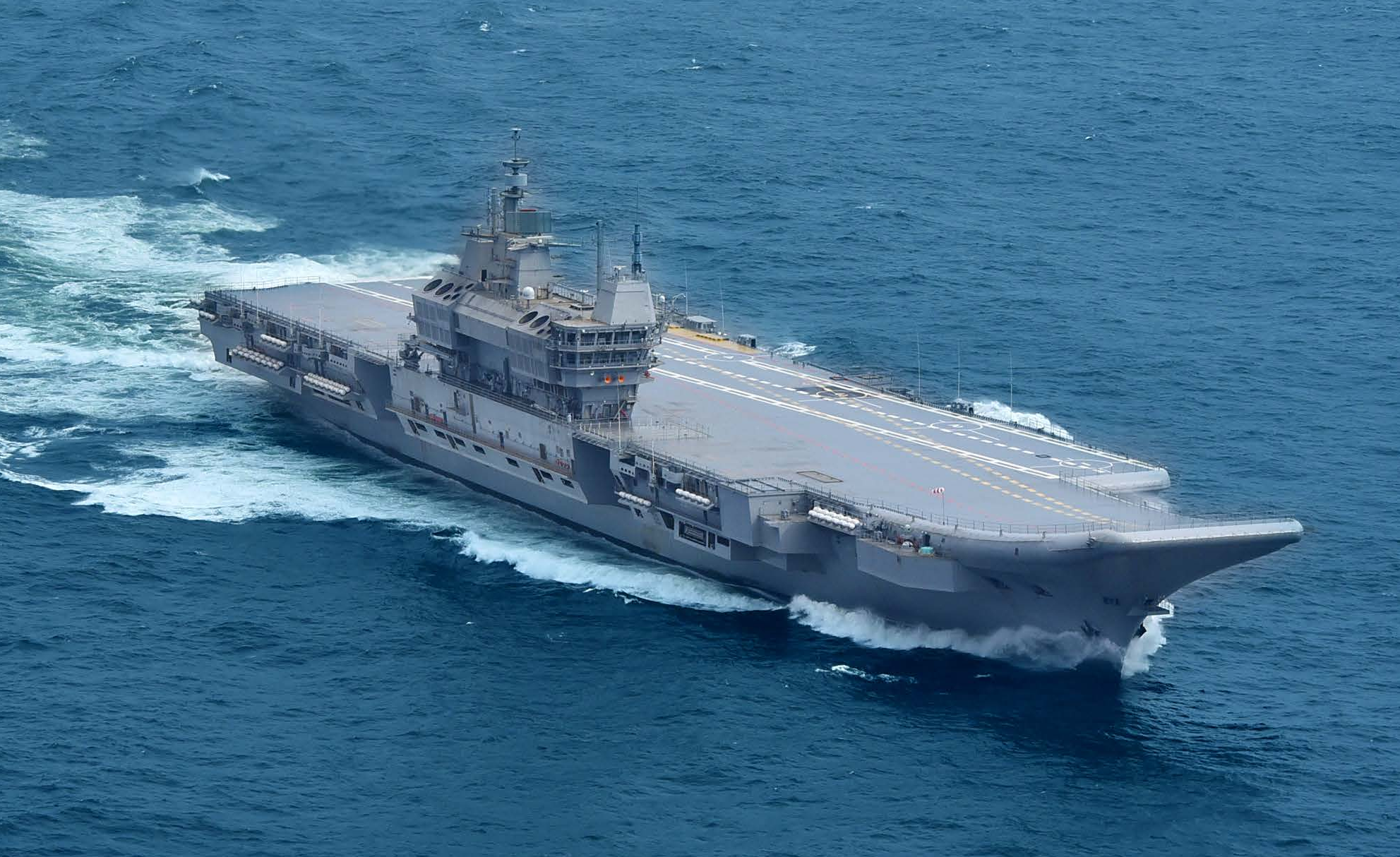
The IN is running a competition for another class of six SSKs under the P-75I project as a follow-on to the Kalvari-class boats. It will seek an international design and shipyard to build the boats in India at MDL and/or L&T. The new SSKs have additional requirements for an air-independent propulsion (AIP) system and to host a vertical launch system to fire the BrahMos supersonic anti-ship cruise missile. These capabilities mean that the P-75I design will have to be larger than the Scorpene used in the Kalvari-class.
But so far two shipyards – France’s Naval Group and Sweden’s Saab – have pulled out of the project, citing difficulties meeting the tender. This leaves German shipyard ThyssenKrupp Marine Systems (TKMS), which may put up the Type 214 or Type 218; Spanish shipyard Navantia with the S-80A; South Korean shipyard Daewoo Shipbuilding and Marine Engineering (DSME) with the KSS-III design; and Russia’s Rubin Design Bureau with the Amur 1650 design. A contract is expected in 2024, with deliveries slated to begin 2030, but it remains to be seen which of these remaining designs can best meet the IN’s requirements and which company can provide the necessary technology transfer to build them and meet the tight schedule.
“Unless we place new orders quickly with shipyards soon, we [will] be in the same situation like the 1980s again and will lose the skills and capabilities of the people that build these ships. I hope the government will continue with more orders to continue this line,” Samaddar said.
Overall, the IN has a requirement for 24 SSKs so it can have more platforms amid an increasing presence of China’s People’s Liberation Army Navy (PLAN) fleet and replace the four aging Shishumar boats and the eight remaining Sindhugosh-class – based on the Russian Kilo-class design – SSKs that are becoming increasingly difficult to maintain and keep in service.
In terms of nuclear submarines, Delhi is also expected to confirm a new class of six nuclear-powered attack submarines (SSNs) later this year, but it will be some time before the IN will get this capability in its service.
Meanwhile, the IN has no minesweeping capability following the retirement of the last of its 12 Soviet-era Karwar-class vessels in 2019. A request for information released in August is attempting to plug the gap with the lease or purchase of four mine countermeasures vessels while the IN tries to restart an earlier failed domestic production contract.
There is some progress to the IN’s long-delayed indigenous aircraft carrier program. In January 2022, the IN’s first indigenously built aircraft carrier, Vikrant, completed its third set of sea trials since it was delivered last year by Cochin Shipyard Limited (CSL) after a lengthy construction period that started in 2009.
The 37,500-ton carrier will be commissioned in August and there are plans to buy up to 57 aircraft to operate from the ship, which will partner with the 45,000-ton INS Vikramaditya (ex-Admiral Gorshkov), the IN’s Russian-bought aircraft carrier, which operates MiG-29K aircraft. It’s a significant step forwards but it could be decades before the IN gets its third, larger, 65,000-ton carrier named Vishal, which is still in the concept phase. Vishal is likely to replace Vikramaditya.
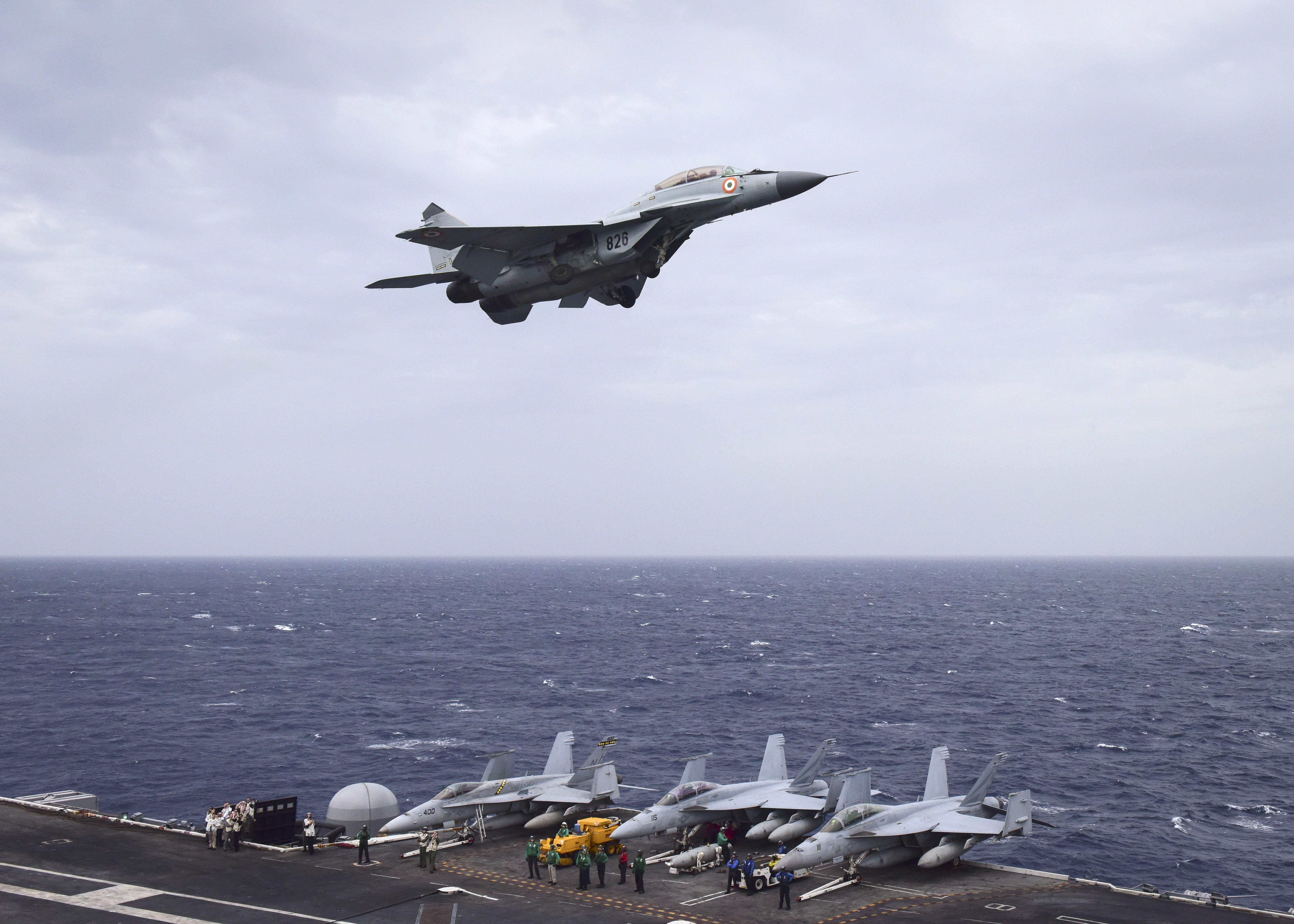
In December, GRSE launched the first of four new survey ships. The first vessel, INS Sandhayak, will be delivered later this year. Displacing 3,300 tons and at 110 meter-long, the ships will be outfitted with un-crewed platforms and small boats fitted with sensors for survey work. The company was awarded about $320 million for the quartet in October 2018. The next three will be built at L&T.
The Indian Navy also has plans to expand its amphibious capability with the acquisition of four new Landing Platform Dock (LPD) or Land Helicopter Dock (LHD)-type vessels. These will more than quadruple the existing capacity that is provided by INS Jalashwa, the former USS Trenton (LPD-14), which was a U.S. Navy Austin-class amphibious transport dock. According to an RFI released in August 2021, the new ships must deliver and sustain a full combined arms task force and be equipped with a heavy array of sensors and armaments for self-defense. Foreign designs are sought for construction in Indian shipyards.
Samaddar explained that the amphibious capability is to protect India’s Andaman and Nicobar Islands which are located far from its shores.
“They are sparsely populated and are not well-defended, making them vulnerable. We need the capability to put across a brigade-level force in the Andamans at short notice to be able to defend it or to recover if we lose it alongside corresponding airborne and [special forces]. These platforms can also do [humanitarian aid and disaster relief] for carrying cargo to distant areas and medical support,” he said.
The bet from the Indian Navy is if it can speed up its submarine programs, improve mine-counter measures capability and shape up its carrier force and air wing – the service can stay competitive with China and operate better with the Japan Maritime Self-Defense Force, Republic of Korea Navy and the Royal Australian Navy.


